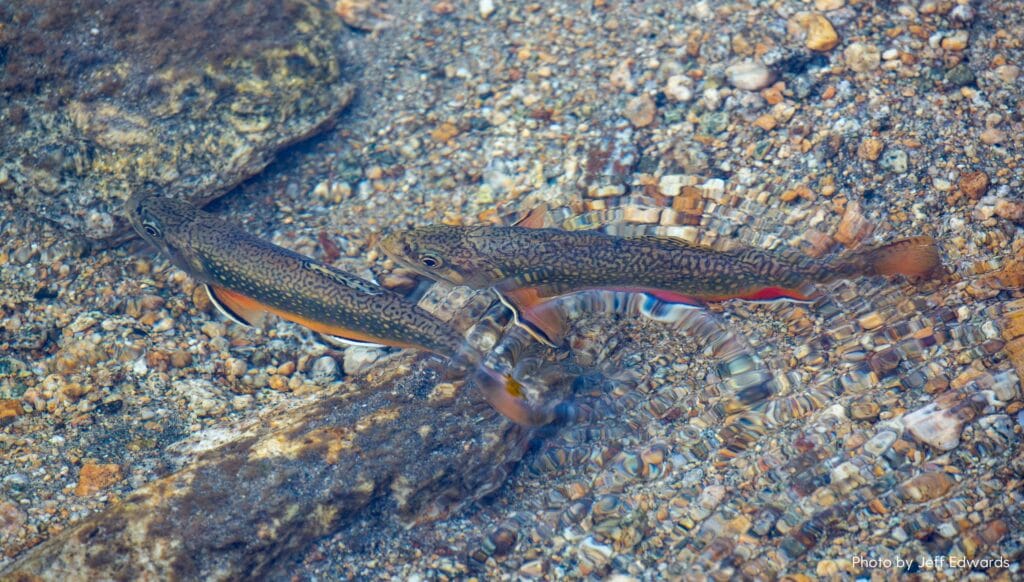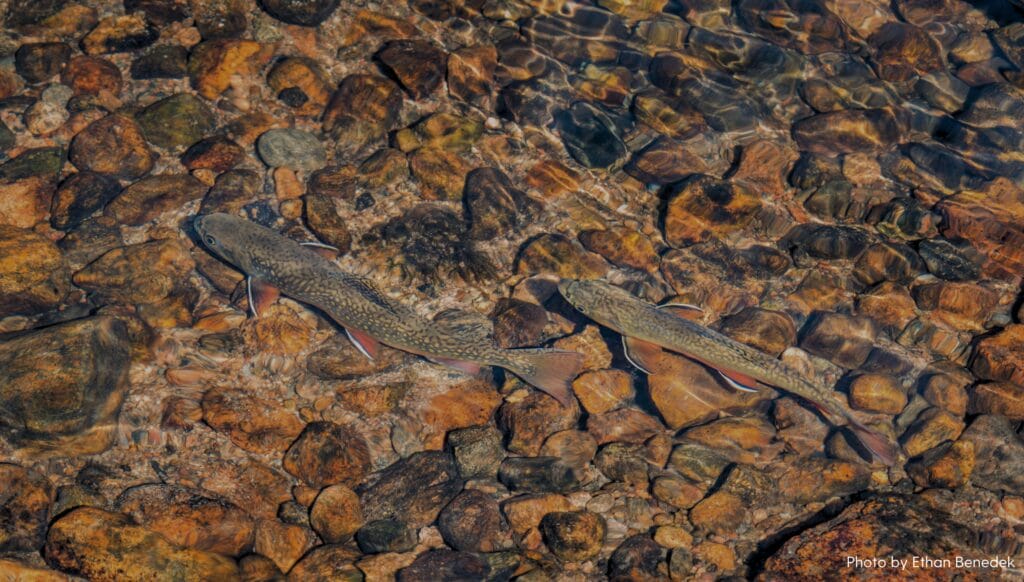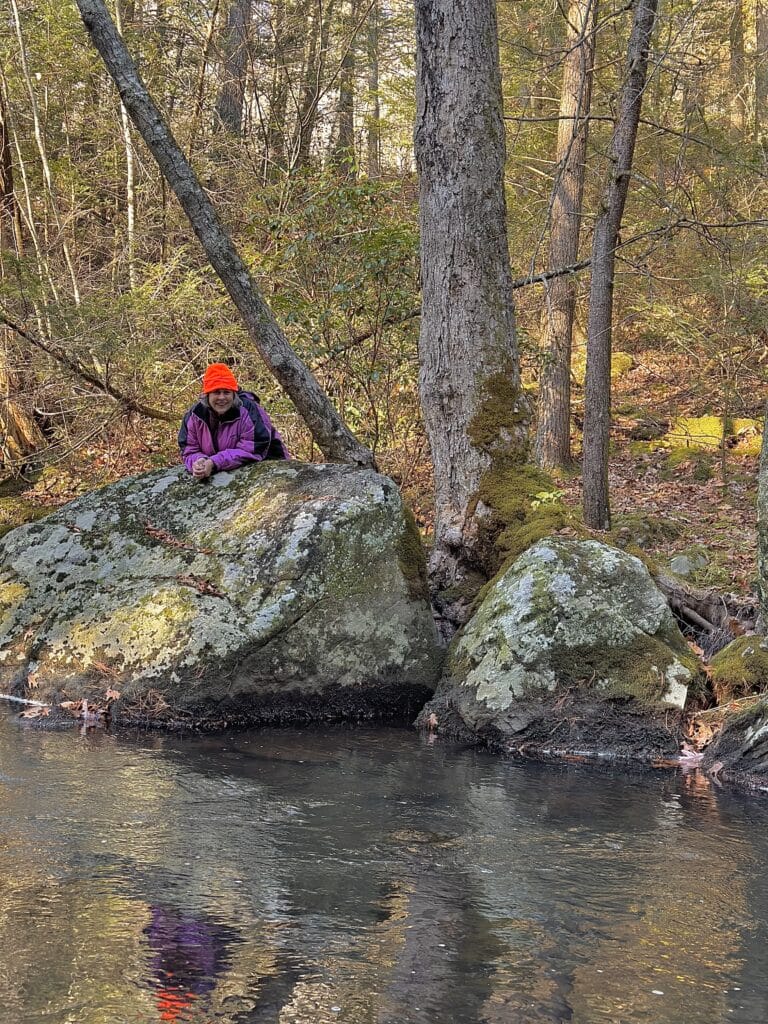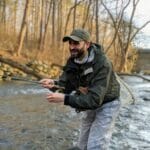Trout Unlimited and Connecticut DEEP band together for wild trout data collection and improved regulations. Here’s how YOU can help today!
Brook trout in Connecticut have certainly not had it easy these last few centuries due to logging, agriculture and development, and yet these resilient and resourceful native fish still hold on – even thrive – in some of the most protected and pristine waters of the Nutmeg State.

Central to the future of brook trout are the protections they receive through fisheries management and regulations – particularly the state’s Wild Trout Management Areas, and its Cold Water Streams designation.
Trout Unlimited volunteers and staff, along with Department of Energy and Environmental Protection biologists are constantly working to document fish populations, expand regulations to care for them, and identify opportunities for future habitat improvement projects. As autumn leaves abandon their trees and daylight hours slip away quickly across the region, mature brook trout will make their way upstream, searching out prime habitat in preparation for the spawning season.

Knowing where these fish spawn, when they spawn and for how long the spawning activity takes place is crucial data that will help TU, DEEP and our partners better protect these critical habitats and advocate for even better protections of these areas.
Last Fall, TU and DEEP staff gathered with TU volunteers and area anglers at People’s State Park to get trained on TU’s REDD Survey smarthone app before embarking on a mission to track down spawning trout throughout the Farmington River watershed. Armed with maps and assigned small, local reaches along key Farmington River tributaries, these volunteers covered high priority terrain and documented a variety of spawning fish & habitat conditions.

This year, we are looking to expand these efforts to include more frequent monitoring of additional Connecticut Priority Waters such as the Housatonic, Pawcatuck, Saugatuck, and more watersheds. And we need your help!
If you live in Connecticut and are interested in participating in the upcoming survey, please fill out this form to join in on the effort by selecting a local watershed to monitor. A TU staff member will contact you to help ensure you’ve got all the training and tools you need to capture and catalog your findings.



